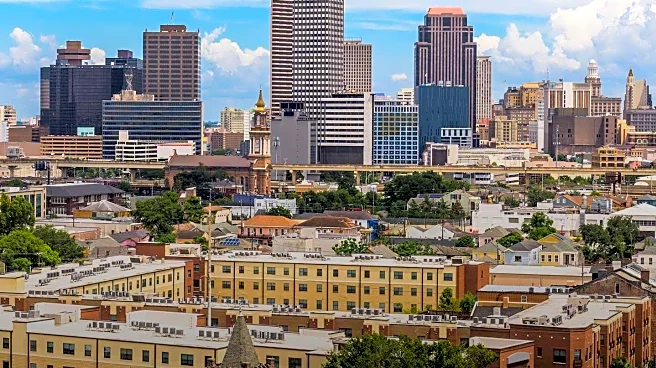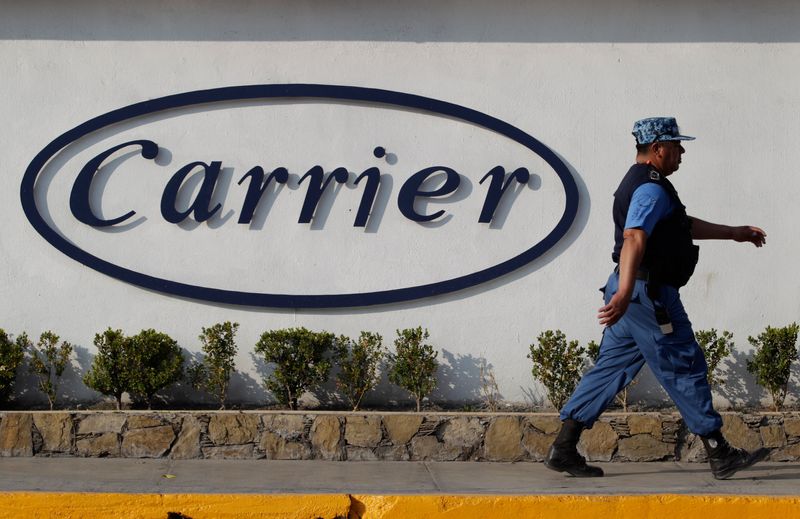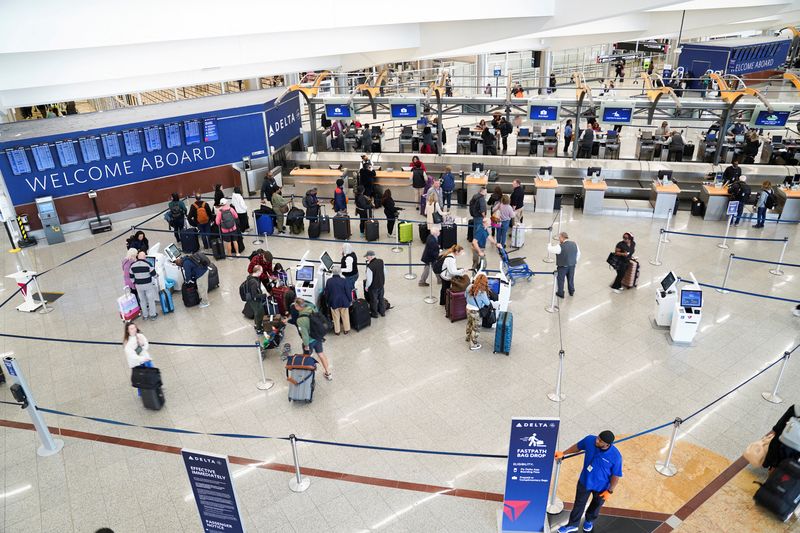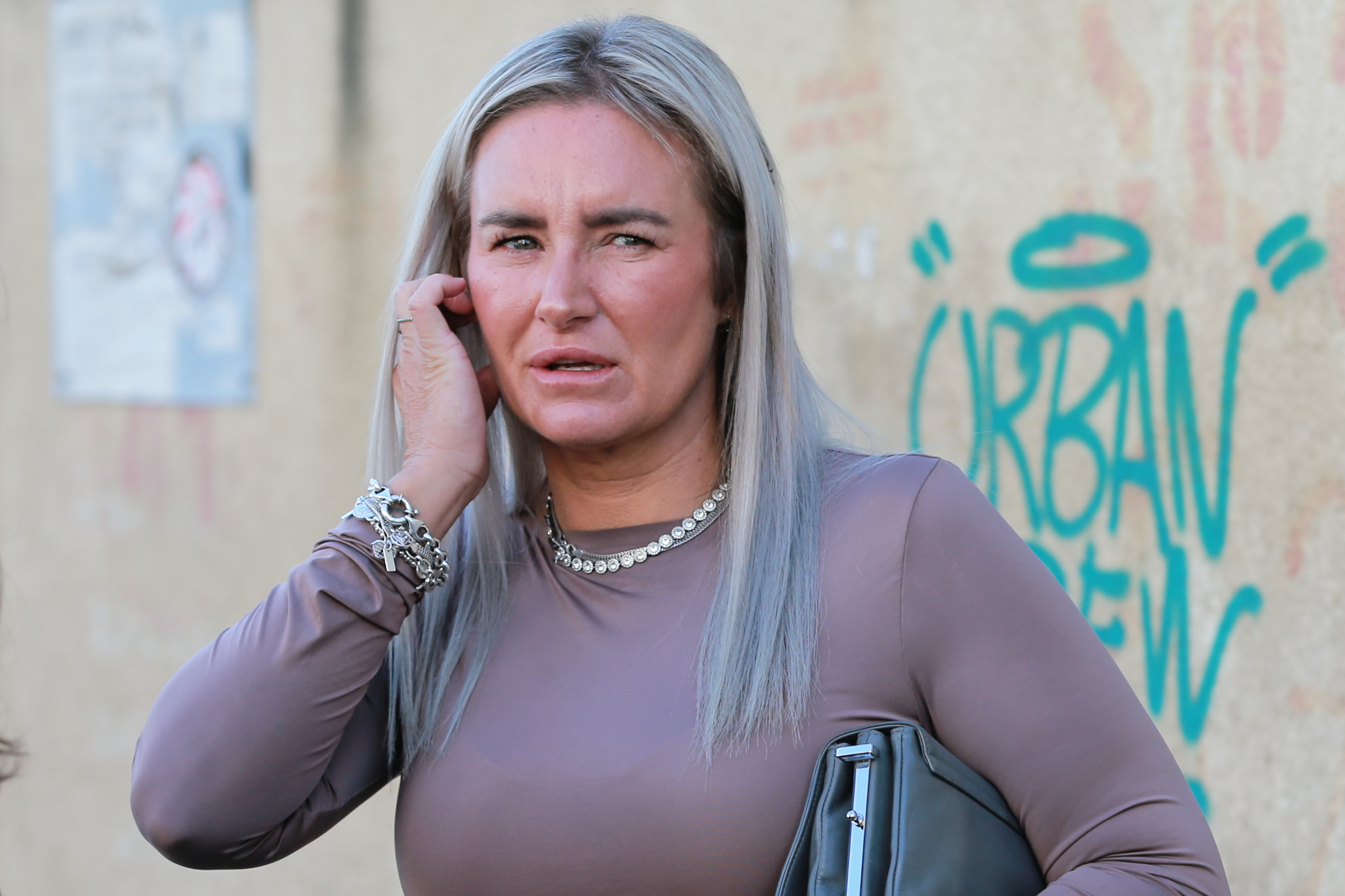What's Happening?
The Bywater neighborhood in New Orleans, known for its vibrant art scene and historical architecture, is experiencing significant changes due to gentrification. Once a predominantly African American working-class
area, Bywater has seen rising rents and an influx of short-term rentals, leading to concerns about the displacement of long-term residents. The neighborhood, which features Creole cottages and shotgun houses, has become a hub for artists and entrepreneurs. Notable developments include the opening of Crescent Park in 2015, a 2.2-mile green space revitalizing the riverfront. The area is also home to StudioBE, a gallery and cultural space highlighting the Black experience, and various unique businesses like Lucullus Antiques and Chance In Hell SnoBalls.
Why It's Important?
The transformation of Bywater reflects broader trends of urban gentrification, where cultural and historical neighborhoods face economic pressures that can lead to the displacement of original residents. This shift has implications for the cultural fabric of New Orleans, a city renowned for its unique blend of history, music, and art. While new developments bring economic opportunities and revitalization, they also pose challenges to maintaining the neighborhood's historical identity and affordability. The situation in Bywater serves as a microcosm of the tensions between development and preservation in urban areas across the United States.
What's Next?
As Bywater continues to evolve, stakeholders, including local government, residents, and business owners, will need to navigate the balance between development and preservation. Potential measures could include implementing policies to protect affordable housing and support local businesses. Community engagement and dialogue will be crucial in shaping the future of Bywater, ensuring that it remains a vibrant and inclusive neighborhood. The ongoing changes may also prompt discussions on how to manage gentrification in other culturally significant areas.
Beyond the Headlines
The gentrification of Bywater raises ethical questions about cultural preservation and economic equity. As neighborhoods like Bywater attract new investments, there is a risk of erasing the cultural heritage that makes them unique. This development highlights the need for sustainable urban planning that respects historical contexts while accommodating growth. The situation also underscores the importance of supporting local artists and businesses that contribute to the neighborhood's character and community resilience.














